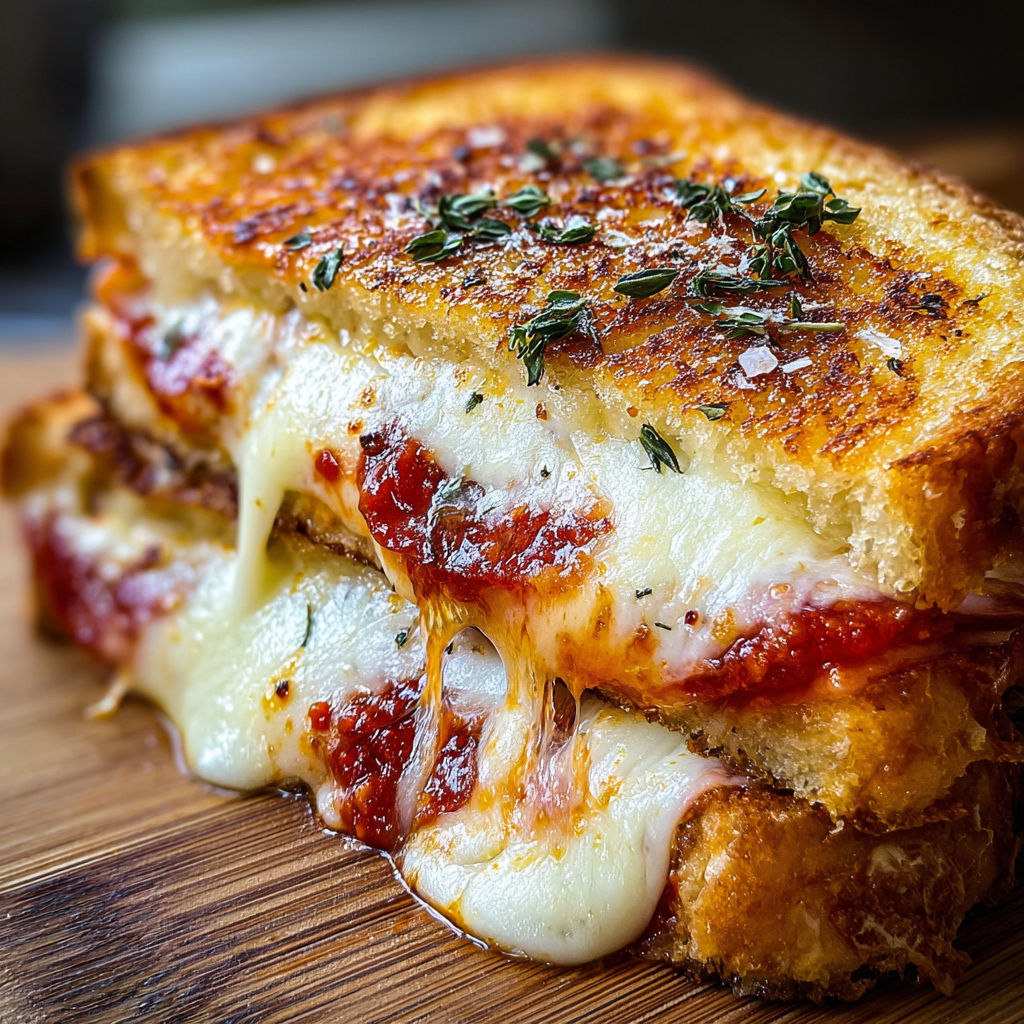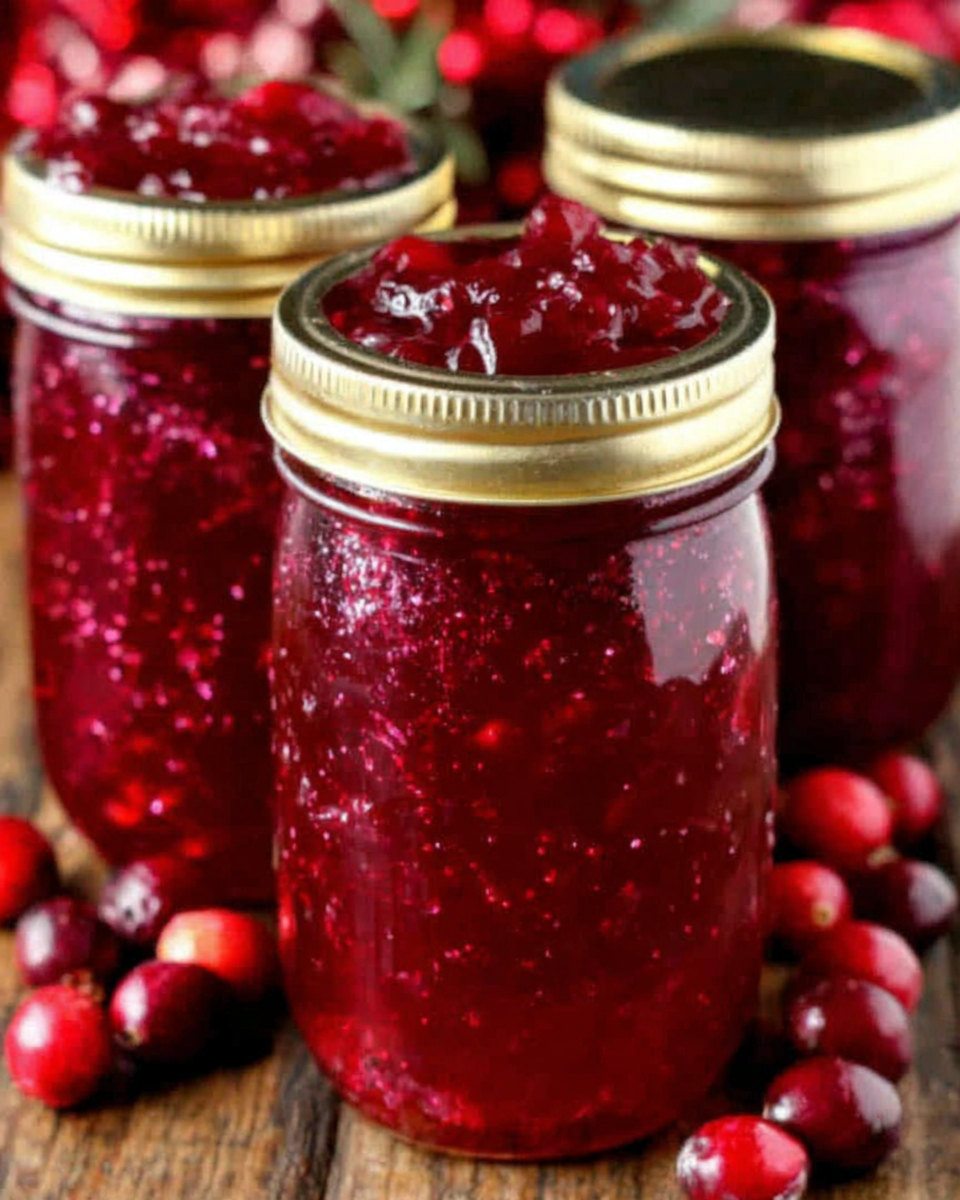Introduction
Beef stew is the epitome of comfort food, perfect for chilly evenings and gatherings with loved ones. Its rich flavors and tender meat make it a classic that can easily be adapted to suit your taste. Here, we focus on creating the ideal stew that is not only hearty and satisfying but also bursting with depth and character.
The beauty of beef stew lies in its simplicity and the time it takes to coax out the flavors from each ingredient. The slow cooking process transforms tough cuts of beef into mouthwatering morsels, all while saturating the vegetables with the sauce's robust essence. Let's dive into the essentials that will help you achieve a beef stew that's worth sharing.
Ingredients
- 2 pounds beef chuck, cut into 1-inch cubes
The cornerstone of any excellent beef stew is the meat. Chuck roast is preferred because its marbling breaks down during cooking, resulting in juicy and tender pieces that absorb the surrounding flavors. - 4 medium carrots, chopped
Carrots add a natural sweetness and contrasting texture to the stew. They also enrich the dish with vibrant color, making it visually appealing. - 3 medium potatoes, diced
Potatoes serve as a hearty filler that complements the beef. As they cook, they soak up the stew's gravy, creating a satisfying bite that balances the flavors. - 1 large onion, diced
Onions deepen the flavor base and provide a rich, aromatic element. Upon cooking, they caramelize slightly, adding sweetness that enhances the overall taste. - 3 cloves garlic, minced
Garlic brings robust warmth and depth, elevating the flavor profile of the entire dish. It should be added towards the end of sautéing to prevent bitterness. - 4 cups beef broth
Broth acts as the liquid foundation, infusing the stew with savory notes. Using a quality beef broth can significantly impact the stew's richness and overall flavor. - 1 tablespoon tomato paste
Tomato paste adds a slight acidity and a depth of umami flavors, balancing the richness of the beef. It also contributes a lovely depth of color to the stew. - 2 teaspoons dried thyme
This herb imparts an earthy aroma and works harmoniously with beef and vegetables. Thyme's flavor intensifies throughout the long cooking process. - 2 bay leaves
Bay leaves provide a subtle floral and slightly herbal note that enriches the stew's complexity. Remember to remove them before serving, as they remain tough. - Salt and pepper to taste
Seasoning is crucial in highlighting the natural flavors of all ingredients. Adding salt can help draw moisture out of the vegetables, enhancing their textures.
Directions & Preparation
Step 1: Prepare the ingredients
Begin by prepping all your ingredients: dice the beef, chop the vegetables, and mince the garlic. This ensures a smooth cooking experience, allowing you to focus on the cooking process without interruptions. Uniform cuts are essential for even cooking. Set everything aside so that you can easily access each component as you progress.
Step 2: Sear the beef
In a large Dutch oven, heat a tablespoon of oil over medium-high heat. Add the beef cubes in batches, making sure not to overcrowd the pot. Searing the meat caramelizes the surface, creating a depth of flavor that cannot be achieved by merely simmering. The browned bits left in the pot will enhance the stew's base, so don't skip this vital step.
Step 3: Sauté the onions and garlic
After the beef is nicely browned, remove it and set it aside. In the same pot, add the diced onion and cook until transparent, scraping up the browned bits. This step builds the flavor foundation for your stew. Add the minced garlic and sauté briefly to prevent burning—too much cooking can make garlic bitter.
Step 4: Incorporate tomato paste and herbs
Once the onions are soft, stir in the tomato paste, thyme, bay leaves, and a pinch of salt. Cooking the tomato paste with the aromatics deepens its flavor. This base will create a rich broth when combined with the liquids to come.
Step 5: Add the beef and deglaze
Return the seared beef back to the pot, along with any juices that have accumulated. Pour in a splash of beef broth, scraping the bottom of the pot to remove any stuck bits. This deglazing process not only enhances flavor but also ensures you capture every bit of goodness.
Step 6: Pour in the broth and vegetables
Add the remaining beef broth, carrots, and potatoes to the pot. Stir gently to combine all the elements. The liquid should cover the ingredients by about an inch. This will help the stew to cook evenly and give the vegetables a chance to soften and release their flavors into the broth.
Step 7: Bring to a simmer
Raise the heat to bring the stew to a slow simmer, then adjust the heat to maintain it. A gentle simmer allows the meat to become tender without becoming dry or tough. Cooking too fast can lead to uneven results, so be patient while the flavors meld.
Step 8: Cook low and slow
Cover the pot and let the stew cook for about two to three hours on low heat, stirring occasionally. This slow cooking unlocks the collagen in the beef, transforming it into a velvety sauce. It gives the flavors time to develop and meld beautifully.
Step 9: Adjust and serve
As the cooking time nears completion, check the seasoning and adjust with more salt and pepper as necessary. If you prefer a thicker broth, you can mash a few potato pieces against the side of the pot to thicken it. Remove the bay leaves before serving, and enjoy your comforting bowl of stew!

The Importance of Searing Meat
Searing the meat is a crucial step that should never be overlooked. This process creates a beautiful caramelization on the surface, adding complex flavors to the stew. The Maillard reaction, which occurs during searing, enhances the overall taste of the dish by creating those deeply rich flavors that signify comfort food.
Choosing the Right Cut of Beef
Selecting the right cut for beef stew can make all the difference. Chuck roast is ideal due to its marbling and connective tissue, which break down during cooking. This yields tender chunks of beef that are succulent and flavorful. Avoid lean cuts, as they may turn tough and dry when stewed for an extended period.
Balancing Flavors with Seasoning
Seasoning is essential in any stew, as it elevates the dish’s flavors to new heights. Start with salt and pepper, but consider the balance of acidity, sweetness, and richness. Adding herbs, spices, or a touch of vinegar at the end can brighten the flavors and provide depth, allowing each bite to be more delicious than the last.
FAQs
What should I do if my stew is too thick?
If your stew turns out thicker than desired, simply add a bit more broth or water to thin it out. Stir well and allow it to heat through.
Can I substitute the beef with another protein?
Yes, you can substitute with chicken or a plant-based protein, but cooking times may vary. Adjust accordingly to ensure your protein remains tender.
What if the stew lacks flavor?
If you find your stew bland, taste and adjust seasoning. Adding a splash of vinegar or a bit of Worcestershire sauce can help to brighten and enhance flavor.
Why are my vegetables mushy in the stew?
If your vegetables are mushy, they may have been overcooked. Ensure to add them at the right time or consider using firmer varieties like carrots and potatoes.
How can I thicken the stew if it's too thin?
To thicken a thin stew, you can create a slurry with cornstarch and water, stirring it in until desired thickness is achieved. Allow it to simmer briefly.
What can I add to give my stew a unique twist?
Consider adding a splash of red wine or a can of diced tomatoes for a unique twist. Fresh herbs at the end can also bring brightness and new flavors.
Conclusion
Cooking a beef stew is about more than just following a recipe; it's about creating a warm and inviting meal that can bring people together. Each ingredient plays a role in elevating this classic dish to new heights, making it a perfect choice for any gathering or a comforting night in.
As you master the art of stew making, feel free to experiment with flavors and textures. With practice, you can evolve this dish to make it uniquely yours, inviting everyone to enjoy a hearty bowl of joy.
Recipe Card

Layered Mexican Beef Casserole for Cozy Nights
Ingredients
- 1 lb ground beef
- 1 packet taco seasoning
- 1 can black beans 15 oz, drained and rinsed
- 1 cup corn kernels frozen or canned
- 2 cups tortilla chips crushed
- 2 cups salsa
- 2 cups shredded cheese cheddar or Mexican blend
- 1/2 cup sour cream
- 1/4 cup chopped fresh cilantro optional
- 1 jalapeño sliced (optional)
Instructions
- Preheat your oven to 350°F (175°C).
- In a large skillet, brown the ground beef over medium heat.
- Add the taco seasoning to the browned beef and mix well.
- Stir in black beans and corn, mixing until well combined.
- Spread a layer of crushed tortilla chips at the bottom of a greased casserole dish.
- Layer half of the beef mixture over the chips.
- Pour half of the salsa over the beef layer, spreading evenly.
- Sprinkle one cup of shredded cheese over the salsa.
- Repeat layering: chips, beef mixture, salsa, and cheese.
- Cover the casserole with aluminum foil and bake for 25 minutes.
- Remove the foil and bake for an additional 10-15 minutes, until cheese is bubbly.
- Let the casserole cool for a few minutes before serving.
- Garnish with fresh cilantro and jalapeño slices, if desired.
Notes
Additional serving suggestions: pair with a crisp salad, garlic bread, or roasted seasonal vegetables for balance.
For make-ahead, prep components separately and assemble just before heating to preserve texture.
Taste and adjust with acid (lemon/vinegar) and salt right at the end to wake up flavors.







